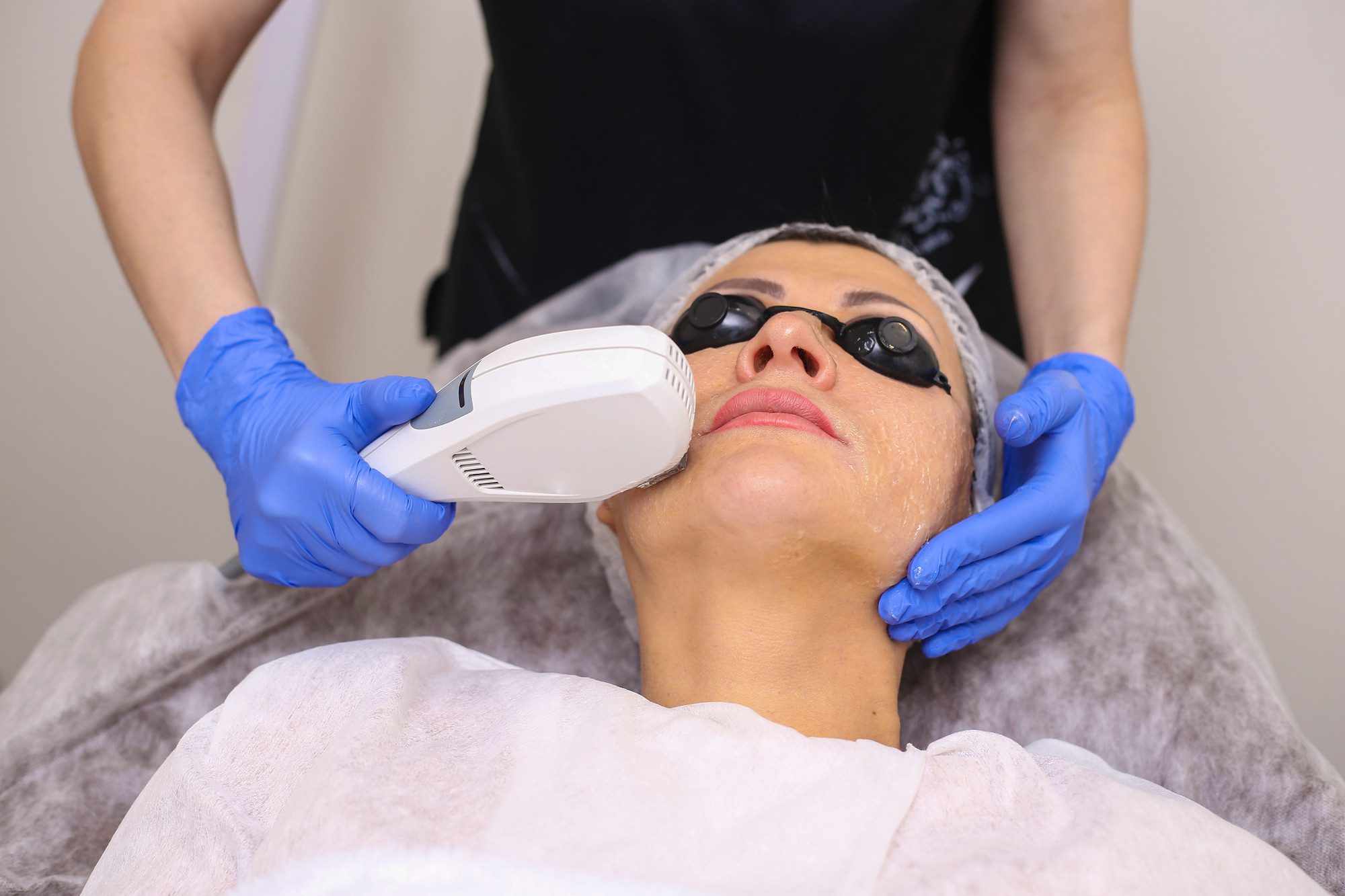
Image Source: Google
Dealing with hyperpigmentation can be frustrating, but there are effective techniques that can help you reduce and remove those dark spots on your skin. Whether you are struggling with sun spots, acne scars, or melasma, there are treatments available to help you achieve a more even skin tone. In this article, we will explore some of the most effective hyperpigmentation removal techniques that can help you say goodbye to dark spots for good.
Understanding Hyperpigmentation
Before we dive into the removal techniques, let's first understand what hyperpigmentation is. Hyperpigmentation is a common skin condition that causes certain areas of the skin to become darker than the surrounding skin. This darkening occurs when an excess of melanin, the pigment that gives skin its color, is produced in the skin. There are several types of hyperpigmentation, including:
- Sun spots
- Acne scars
- Melasma
Causes of Hyperpigmentation
Hyperpigmentation can be caused by a variety of factors, including:
- Excessive sun exposure
- Hormonal changes (e.g., pregnancy, birth control pills)
- Post-inflammatory hyperpigmentation (resulting from acne, eczema, or other skin injuries)
- Genetics
Effective Hyperpigmentation Removal Techniques
1. Topical Treatments
Topical treatments are a non-invasive and cost-effective way to address hyperpigmentation. Some effective ingredients to look for in topical treatments include:
- Hydroquinone: A skin-lightening agent that inhibits the production of melanin
- Retinoids: Vitamin A derivatives that promote cell turnover and reduce the appearance of dark spots
- Vitamin C: An antioxidant that helps brighten the skin and reduce pigmentation
2. Chemical Peels
Chemical peels involve the application of a chemical solution to the skin to exfoliate the top layers and reveal smoother, more even-toned skin. Some common types of chemical peels for hyperpigmentation include:
- Glycolic acid peels
- Lactic acid peels
- Salicylic acid peels
3. Laser Therapy
Laser therapy uses focused beams of light to target and break up pigmented cells in the skin. This can help reduce the appearance of dark spots and promote skin rejuvenation. Some types of lasers used for hyperpigmentation treatment include:
- Q-switched Nd:YAG laser
- Fractional laser
- Pulsed dye laser
4. Microdermabrasion
Microdermabrasion is a minimally invasive procedure that exfoliates the top layer of the skin, reducing the appearance of dark spots and promoting collagen production. This treatment can help improve skin texture and tone.
Preventing Hyperpigmentation
While there are effective treatments for hyperpigmentation, prevention is always better than cure. Here are some tips to help prevent dark spots from forming:
- Wear sunscreen every day, even on cloudy days
- Avoid excessive sun exposure, especially during peak hours
- Use gentle skincare products and avoid picking at blemishes
- Maintain a healthy diet rich in antioxidants and vitamins
Consult a Dermatologist
If you are struggling with stubborn dark spots that do not respond to over-the-counter treatments, it is recommended to consult a dermatologist. A dermatologist can assess your skin condition and recommend a personalized treatment plan to help you achieve clearer, more even-toned skin.
